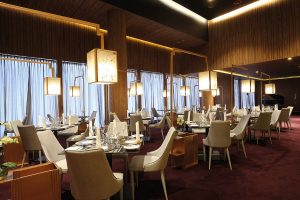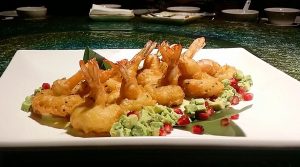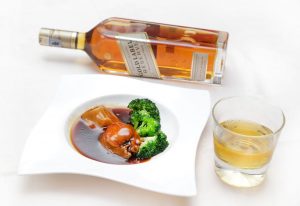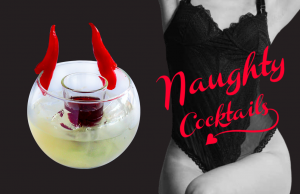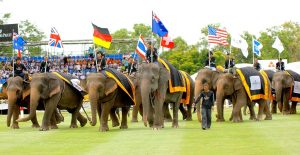Finished bingeing documentaries on Netflix and looking for something more fashionable? Well, the hottest show to hit the streaming platform is Ryan Murphy’s Halston, starring Ewan McGregor as the late American fashion designer.
Née Roy Halston Frowick, Halston is known as one of American’s most iconic designers, having heavily influenced Disco Dressing in the ‘70s, created unisex garments as well comfortable yet elegant silhouettes. He was also closely affiliated with some of the most famous faces at the time, such as Andy Warhol, Bianca Jagger, Liza Minnelli, Diana Vreeland, Marlene Dietrich, and Lauren Bacall. This new Netflix miniseries chronicles the highlights in the designer’s journey, from being a milliner to building his own fashion empire, as well as the downfalls he suffered throughout his career.
So if you have yet to tune into Halston, here’s a quick crash course on what you need to know about the late fashion designer.
Halston began his fashion career as a hatmaker
As a child, Halston developed an interest in sewing, altering clothes and creating hats for his mother and sister. He then ventured in hat-making in 1953 at his millinery salon in Chicago at the Ambassador Hotel. In 1958, he moved to New York to design hats for renowned American milliner Lilly Daché, before working as the head milliner for Bergdorf Goodman a year later.
A pillbox hat shot him to fame
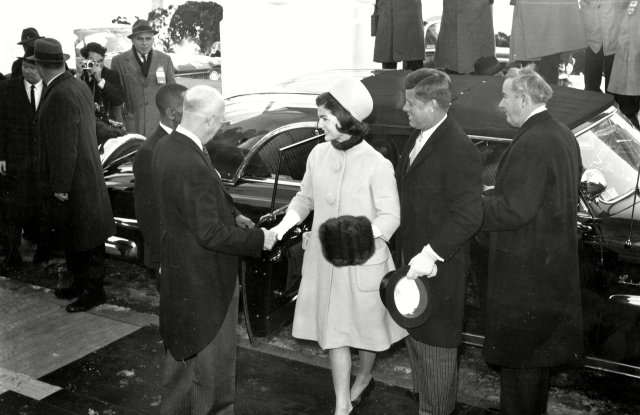
And not just any pillbox hat, but the one worn by First Lady Jacquline Kennedy during JFK’s presidential inauguration in 1961. This propelled Halston’s name to fame, influencing other designers and brands to imitate the design of the hat.
He popularised the use of Ultrasuede

In Netflix’s Halston, the designer claims to socialite Babe Paley that he developed Ultrasuede – a synthetic version of suede that was practical enough for the everyday woman to wear thanks to its machine washability. The ultra-microfibre fabric was invented in 1970 by Dr Miyoshi Okamoto, and is used not only in fashion, but also in industrial applications and vehicle upholstery. Inspired by the utility of the fabric, Halston became the first designer to create his iconic shirtdress – known as ‘model 704’ – from the fabric, which was introduced in 1972.
He licensed the Halston name
In order to procure more financial backing, Halston and his business partners, Ben Shaw, Jerry Uchin, and Guido DeNatale sold his line to Norton Simon, Inc. for an estimated US$16 million in 1973. The company was then renamed Halston Enterprises, with Halston remaining as the principal designer. However, Halston would then spend the rest of his life trying to buy back his brand, but ultimately failed.
He took part in ‘The Battle of Versailles’
In 1973, Halson joined four other American fashion designers – Stephen Burrows, Bill Blass, Anne Klein, and Oscar de la Renta – in a fashion showdown in Paris against five French designers – Hubert de Givenchy, Yves Saint Laurent, Pierre Cardin, Marc Bohan, and Emanuel Ungaro. Known as ‘The Battle of Versailles’, the fashion show was arranged as a fundraiser for the restoration of the French palace.
He was a pioneer in casting diverse models
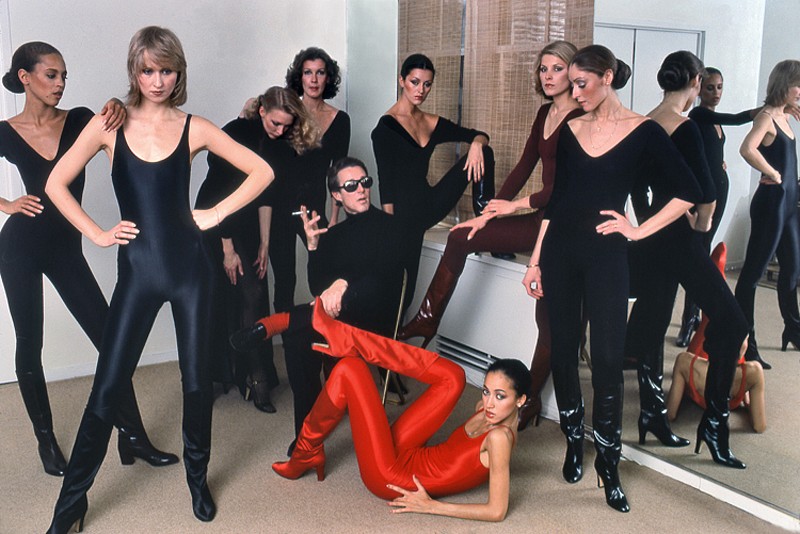
In 1973, Halson joined four other American fashion designers – Stephen Burrows, Bill Blass, Anne Klein, and Oscar de la Renta – in a fashion showdown in Paris against five French designers – Hubert de Givenchy, Yves Saint Laurent, Pierre Cardin, Marc Bohan, and Emanuel Ungaro. Known as ‘The Battle of Versailles’, the fashion show was arranged as a fundraiser for the restoration of the French palace.
He influenced the design of uniforms
In 1977, Halston was contracted by Braniff International Airways to create a new look for their flight attendants. He created muted brown uniforms with a distinctive “H” logo, with the collection dubbed “Ultra Touch” by the airline in reference to Halston’s renowned use of ultrasuede. The uniforms made their debut in a party thrown in the same year, and were a hit not only with the fashion press, but also with the Braniff employees, who claimed that they were the most comfortable uniforms they had ever worn. Halston would then be asked to design uniforms for the 1976 Pan American Games and U.S. Olympic Team, the Girl Scouts, the New York Police Department, and the Avis Rent a Car System.
He was one of the first designers to create genderless fashion
During the early stages of building his brand, Halston revolutionised unisex clothes. He created products such as fur coats, leather jackets, and argyle sweaters in his collection. He then established a separate menswear line in 1975.
He championed freedom in fashion
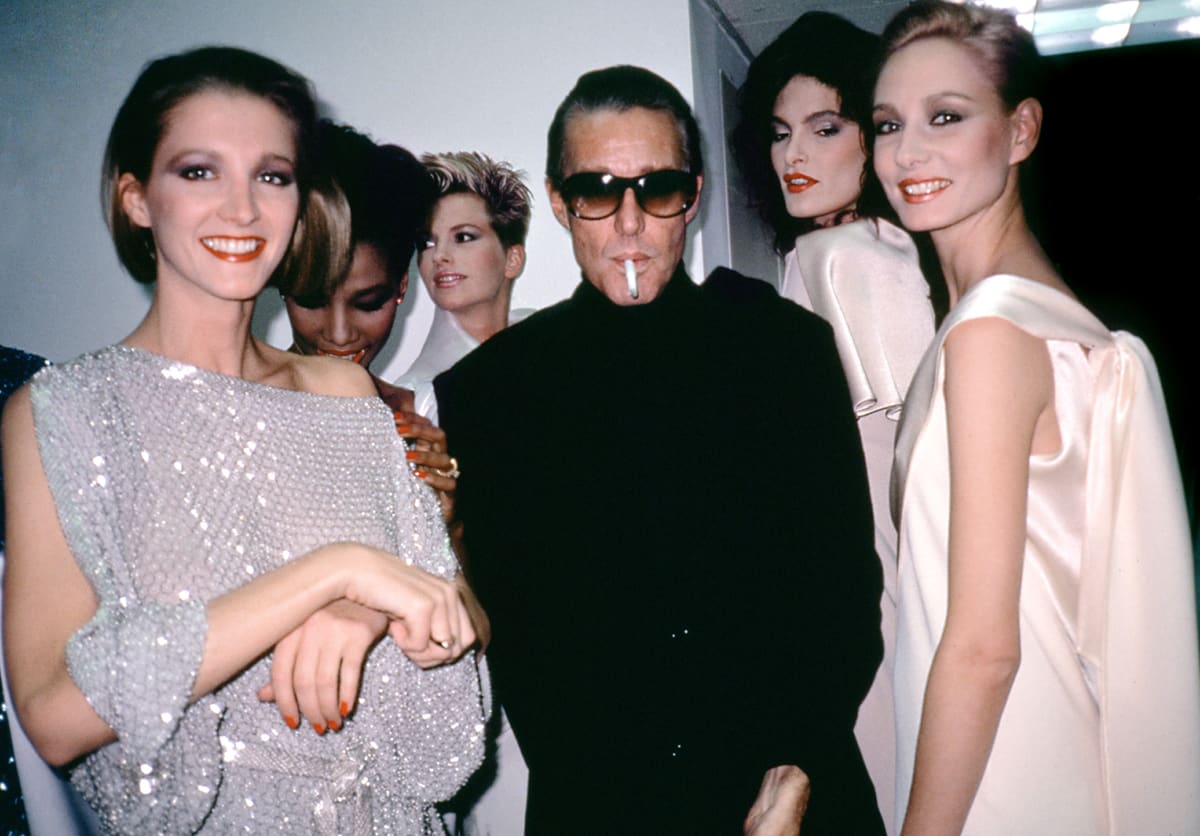
Refusing to sacrifice neither style nor comfort, Halston’s designs are known to be simple and minimalist, yet highly sophisticated and glamorous. He did away with extra details that didn’t work, such as “zippers that don’t zip” and “buttons that didn’t button”, and used soft, luxurious fabrics like silk and chiffon. The designer moved away from the constraints of fitted silhouettes and instead showcased the female body shape by allowing the natural flow of the fabric to create its own silhouette.
He was inspired by ‘70s disco and the party life
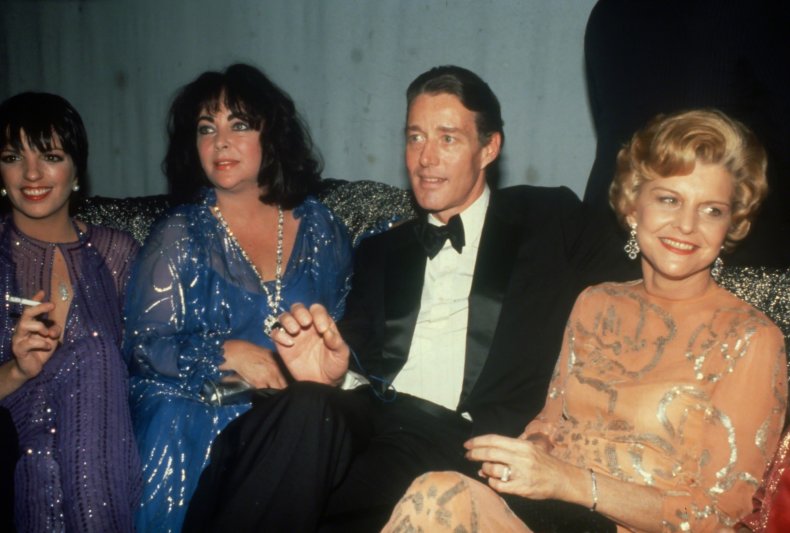
With his high-profile social circle and entourage, Halston was an avid party-goer, having frequented Studio 54, a former disco nightclub in New York with famous regulars such as Bianca Jagger, Andy Warhol, and best friend Liza Minnelli. His partying served as inspiration for his approach to design, which would then bring about the ‘70s Disco Fever in the form of shimmering, sequined silhouettes.
Featured image: Getty



